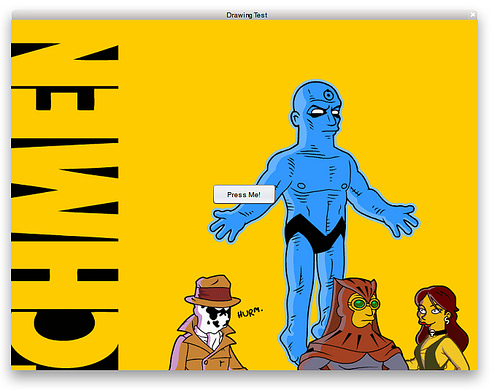(Repost from old blog)
Python have several modules that help you to achieve your goals. This week, on my spare time that is getting every day more scarce I spend time figuring out how to create a Python Web Server, I was planing to use it over an application that I’m developing on ICT Consulting. At the end I didn’t use it because I didn’t want a “passive” communication, but probably I will use this code on the CRM Desktop application that we use here.
Anyway, this code may be helpful for you too. I found that creating a small web server is really simple, It starts getting bigger as you add functions to that web server, but the basis is quite simple.
import os
import cgi
import sys
from BaseHTTPServer import HTTPServer, BaseHTTPRequestHandler
class customHTTPServer(BaseHTTPRequestHandler):
def do_GET(self):
self.send_response(200)
self.send_header('Content-type', 'text/html')
self.end_headers()
self.wfile.write('<HTML><body>Get!</body></HTML>')
return
def do_POST(self):
global rootnode
ctype,pdict = cgi.parse_header(self.headers.getheader('Content-type'))
if ctype == 'multipart/form-data':
query = cgi.parse_multipart(self.rfile, pdict)
self.send_response(301)
self.end_headers()
self.wfile.write('Post!')
def main():
try:
server = HTTPServer(('',8080),customHTTPServer)
print 'server started at port 8080'
server.serve_forever()
except KeyboardInterrupt:
server.socket.close()
if __name__=='__main__':
main()
There are two main methods in our small server: do_GET and do_POST, you can figure out what this methods do. Get is quite simple, Post is used to send data to the server, as an example, the file uploading. This is done via POST and many times using “multipat/form-data” as the content type. The Post method here handles that.
Now that you have a custom server, how can you check it?, well, to check GET you can call it from the web browser. For the POST stuff, you can create a simple web form and using your web browser as “action” on it. However, this code can help you:
import urllib2
import urllib
import time
import httplib, mimetypes
HOST = '127.0.0.1'
PORT = '8080'
def post_multipart(host, port, selector, fields, files):
"""
Post fields and files to an http host as multipart/form-data.
fields is a sequence of (name, value) elements for regular form fields.
files is a sequence of (name, filename, value) elements for data to be uploaded as files
Return the server's response page.
"""
content_type, body = encode_multipart_formdata(fields, files)
h = httplib.HTTP(host, port)
h.putrequest('POST', '/cgi-bin/query')
h.putheader('content-type', content_type)
h.putheader('content-length', str(len(body)))
h.endheaders()
h.send(body)
#errcode, errmsg, headers = h.getreply()
h.getreply()
return h.file.read()
def encode_multipart_formdata(fields, files):
"""
fields is a sequence of (name, value) elements for regular form fields.
files is a sequence of (name, filename, value) elements for data to be uploaded as files
Return (content_type, body) ready for httplib.HTTP instance
"""
BOUNDARY = '----------ThIs_Is_tHe_bouNdaRY_
Did you like this?, don't forget to share!
CRLF = '\r\n'
L = []
if fields:
for (key, value) in fields:
L.append('--' + BOUNDARY)
L.append('Content-Disposition: form-data; name="%s"' % key)
L.append('')
L.append(value)
if files:
for (key, filename, value) in files:
L.append('--' + BOUNDARY)
L.append('Content-Disposition: form-data; name="%s"; filename="%s"' % (key, filename))
L.append('Content-Type: %s' % get_content_type(filename))
L.append('')
L.append(value)
L.append('--' + BOUNDARY + '--')
L.append('')
body = CRLF.join(L)
content_type = 'multipart/form-data; boundary=%s' % BOUNDARY
return content_type, body
def get_content_type(filename):
return mimetypes.guess_type(filename)[0] or 'application/octet-stream'
def test():
print post_multipart(HOST, PORT, 'markuz',
( ('username','markuz'), ('another_field','another value')),
(('query','query','Query'), ),
)
if __name__ == '__main__':
test()
Did you like this?, don’t forget to share!
![]()
